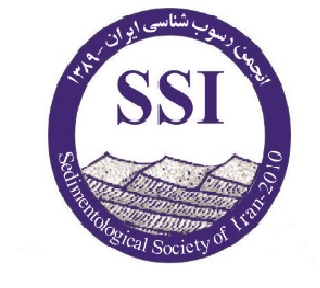Geochemical characteristics and origin of Mazarseidali magnesites, East of Iran
Subject Areas :
Keywords: Magnesite, O and C isotope Serpentinites Ultramafic rocks Mazarseidali.,
Abstract :
Magnesite deposit in Mazarseidali region is located 105 km South of Birjand in flysch basin in East Iran and within the Neh ophiolitic complex. The host rock for this deposit is serpentinized Upper Cretaceous ultramafic rocks. The results of geochemical analyses show that Mazarseidali magnesite is enriched in MgO and depleted in CaO and SiO2, and thus it can be used in refactory mineral industry. In order to evaluate the origin of Mazarseidali magnesite, oxygen and carbon isotope ratios for 8 samples were measured and the results show that δ13CVPDB and δ18OVSMOW values vary between -6.25 to -8.60 and +29.09 to +30.84 per mill, respectively. Considering the negative values for δ13C and comparing these with the values for similar deposits, it is determined that the source of carbonate (CO2) for the studied magnesites was from an organic carbon that was influenced by atmospheric carbonate. In addition, chemical alteration and serpentization of ultramafic rocks in the region and their transformation to serpentinite resulted in the release of Mg, that following the reaction with carbonates, led to the precipitation of magnesite.
